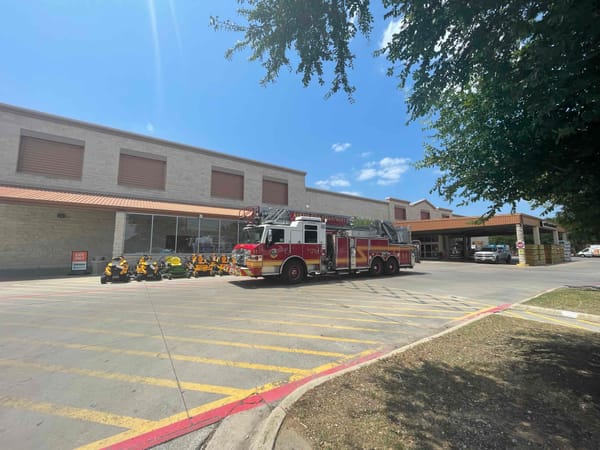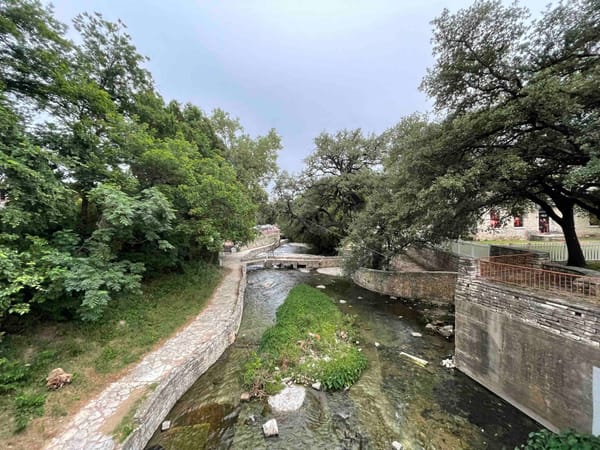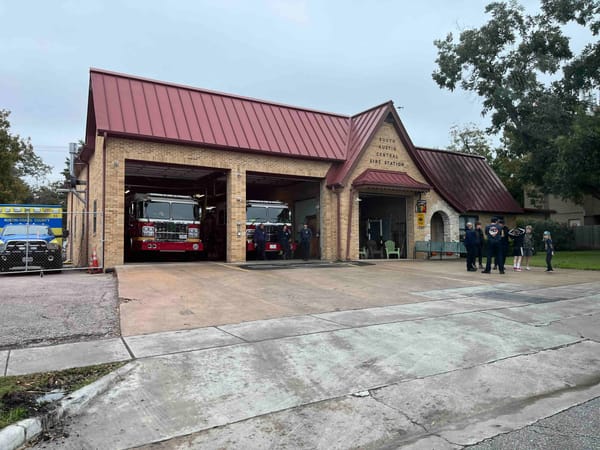A valid petition –– to protect density
A developer fights a rezoning that threatens their apartment plans.

How much will a historic district cost us? I love old architecture. But I'm not crazy about this news in the Austin Monitor:
Austin could soon welcome a brand-new historic district into the mix, with an application for the West Downtown National Register District lined up to get the rubber stamp next month.
Located west of the Capitol between Seventh and 15th streets, the proposed district is a trove of historic architecture, charting Austin’s course from 19th-century settlement to 20th-century metropolis. Once established, the distinction will trigger new protocols for property developers, with permits for exterior modifications, demolitions and new construction all required to pass through the Historic Landmark Commission.
It's not that I'm against preserving old architecture. We should preserve historic buildings for the sake of history. And in some cases we should be willing to spend public dollars in service of historic preservation.
But we need to be clear-eyed about the tradeoffs. Putting in place barriers to redevelopment across a huge section of downtown translates into a major forfeiture in property tax revenue. The only way for local governments to get around the draconian tax limits imposed by the state is through new development. The most efficient value generation occurs downtown. A new skyscraper, for instance, generates millions of dollars of new tax revenue but generates relatively little new demand for government services.
So every skyscraper that we reject in favor of some three-story historic building means less money for police, fire, EMS and parks. And it increases pressure on local government to generate revenue through other means: you!
How zoning creates housing bubbles: In a very lengthy analysis in City Journal, the center-right policy magazine, Harvard economist Edward Glaeser presents data that shows a strong relationship between housing regulations and housing prices and shows how highly-regulated markets are more vulnerable to boom & bust cycles. Unfortunately, he notes, when the bubbles pop and prices decline, it saps the political will for regulatory reform. You can already detect a little bit of this in response to declining list prices in Austin. It's important, of course, to point out that declines in home values often do not accompany drops in rents, which is a much more important affordability metric.
Help the city improve transit: The city's corridor office (soon to be part of a reimagined transportation dept) is soliciting feedback from the public on ways to improve public transit operations. A map of the city shows where lots of people have identified problems ("bus moves slow," "unsafe crossing") and a few pople have offered suggestions for improvements ("more shading," "what if this bus went somewhere useful?").
In Montopolis, two developers square off over downzoning
Austin's inflexible, suburban-style land development code has produced a peculiar political drama for the Planning Commission to address at its meeting tomorrow.





